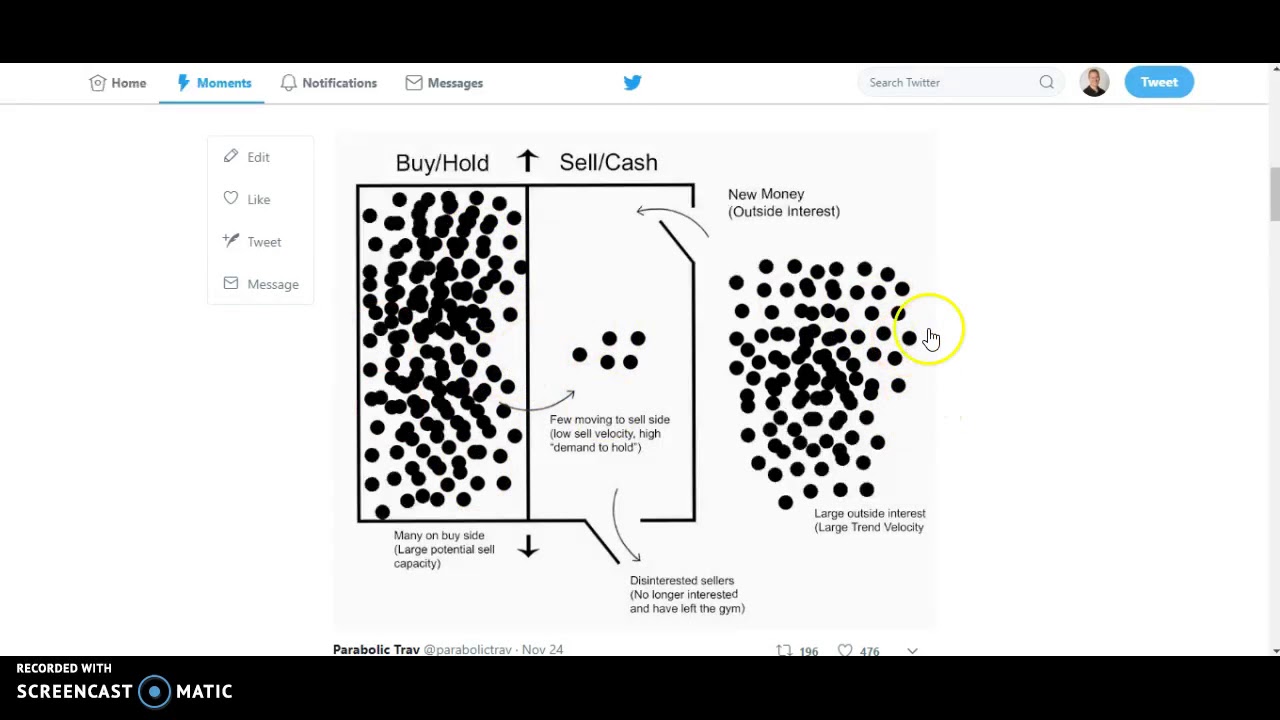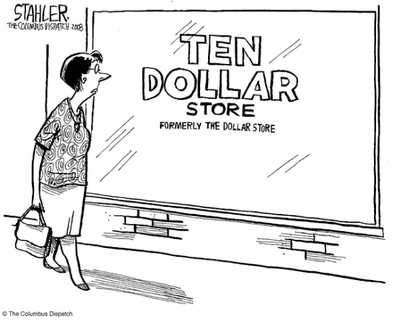

The overdraft has a variable interest rate which is currently 6% per year and BKB Co expects this to increase in the near future. The overdraft has not changed in size over the last financial year, although one year ago the overdraft interest rate was 4% per year. The company’s bank will not allow the overdraft to increase from its current level. The MM formula for getting the cost of equity of a geared company is not often relevant in the exam but is easier when you are not given the betas . Shareholder equity is a company’s owner’s claim after subtracting total liabilities from total assets.

A simple arithmetic mean is calculated by adding up the asset betas and then dividing by the number of asset betas being averaged. Card Co is planning to invest a significant amount of money into a joint venture in a new business area. It has identified a proxy company with a similar business risk to the joint venture.
How do you calculate beta?
Since each company’s capital structure is different, an analyst will often want to look at how “risky” the company’s assets are, regardless of what percentage of debt or equity funding it has. The equity multiplier is a calculation of how much of a company’s assets is financed by stock rather than debt. Equity is an important concept in finance that has different specific meanings depending on the context.
The first step in using the CAPM to calculate a project-specific discount rate is to look for companies whose business operations are similar to the proposed investment project. For example, if a food processing company was looking at an investment in coal mining, it would need to locate some coal mining companies. Companies undertaking similar business operations to a proposed investment are known as ‘proxy companies’.
CovarianceCovariance is a statistical measure used to find the relationship between two assets and is calculated as the standard deviation of the return of the two assets multiplied by its correlation. Stockholders’ equity is the remaining amount of assets available to shareholders after paying liabilities. Through years of advertising and the development of a customer base, a company’s brand can come to have an inherent value. Some call this value “brand equity,” which measures the value of a brand relative to a generic or store-brand version of a product. For investors who don’t meet this marker, there is the option of private equity exchange-traded funds . Subtract total liabilities from total assets to arrive at shareholder equity.
It has some criticism as well since the past performance of the company does not predict future performance, and therefore beta is not the only measure of risk. However, it can be used as a component while analyzing the company’s business performance and future strategic plans & policies that will impact its growth prospects. Underlying AssetUnderlying assets are the actual financial assets on which the financial derivatives rely.
- EMRP refers to the excess returns an investment provides over the risk-free rate.
- Theoretically this is possible, however, it is extremely rare to find a stock with a negative β.
- Owning stock in a company gives shareholders the potential for capital gains and dividends.
- However, the analysts need to consider the industry variations in systematic risk to enhance the predictive power of the model.
- Dividend Payout Estimated by dividing the cumulated dividends, for the sector, by the cumulated net income for the sector.
- Both unlevered beta and levered beta measure the volatility of a inventory in relation to movements in the overall market.
Based on the data points identified by % change in NASDAQ and % change of the company, which we are calculating. Excel SLOPE FunctionThe Slope function returns the slope of a regression line based on the data points recognized by known _y values and known _x values. The WSO investment banking interview course is designed by countless professionals with real world experience, tailored to people aspiring to break into the industry.
As a result, the market will require higher potential returns and more compensation for assuming systematic risk . The change in price of an option relative to the change in the price of the underlying asset is not constant. For example, if one purchased a put option on the S&P 500, the beta would vary as the price of the underlying index changed.
Systematic Risk and Beta
We’ll now move to a modeling exercise, which you can access by filling out the form below. To Buffet, the concept of risk instead represents “the possibility of harm or injury” (i.e. losing your initial capital) from inadequate research and/or ignorance. Every effort has been made to ensure that the information given in this Research Guide is correct. However, the content of websites changes frequently and users should satisfy themselves that the information they contain is suitable for the purposes for which they wish to use it. In this case, Google is considered less volatile than NASDAQ, with its beta of 0.165. Let’s take an example to better understand the beta equation calculation in a better manner.
Unlevered beta is a threat measurement metric that compares the danger of an organization without any debt to the risk of the market. In simple language, it is the beta of an organization without considering the debt. It can be referred as asset beta because the risk of a agency after eradicating leverage is due to its belongings. Levered beta (or “equity beta”) is a measurement that compares the volatility of returns of a company’s stock against those of the broader market.

Ben Graham is considered the father of ‘value investing’ – a strategy of screening for companies whose share prices do not reflect their asset backing and dividend streams. He believed that a bargain share is one where net current assets less all prior obligations exceeds the market value of the company by at least 50 per cent. The cost of capital of levered equity is equal to the cost of capital of unlevered equity plus a premium that is proportional to the market value debt-equity ratio. The beta estimated using the historical data is not necessarily the best indicator of future systematic risk and expected return. Due to the tendency of beta to revert to the mean value of 1, adjusted beta is normally used for future periods. Before we estimate the equity beta for the company, we have to calculate the debt-to-equity ratio.
Beta (finance)
Shareholders’ equity is, therefore, essentially the net worth of a corporation. If the company were to liquidate, shareholders’ equity is the amount of money that would theoretically be received by its shareholders. The house has a current market value of $175,000, and the mortgage owed totals $100,000. When a business goes bankrupt and has to liquidate, equity is the amount of money remaining after the business repays its creditors. This is often called “ownership equity,” also known as risk capital or “liable capital.” Locate total liabilities, which should be listed separately on the balance sheet.
How do you calculate cost of equity?
Debt Beta is often insignificant – that is why it is assumed to be risk free. Incorporating it might not always be the right approach in the case where the company is low-geared because it might skew the results. Volatility as a result of market fluctuations cannot be properly captured in this regard. Regardless of the fact that debt beta has a numerous different advantages, yet it has certain limitations that cannot be ignored. This is because of the fact that it is representative of the risk of leveraging that the business has undertaken over the course of time. Significant contagion results upon the broad aviation index along with substantial modifications in conventional price discovery channels are also recognized.
Equity Beta
In simple words, it is calculating the company’s beta without considering the effect of debt. Unlevered beta is also known as asset beta because the firm’s risk without debt is calculated just based on its asset. It is different from the asset beta of the firm as the same changes with the company’s equity beta capital structure, which includes the debt portion. Asset beta is also known as “unlevered beta” and is the firm’s beta that has zero debt. When calculating unlevered beta, the debt beta is considered to be zero. Debt beta comes from the Equity Market Risk Premium and the risk-free rate of return .
Moreover, high & low ratio implies high & low fixed business investment cost, respectively. The expanded accounting equation is derived from the accounting equation and illustrates the different components of stockholder equity in a company. At some point, the amount of accumulated retained earnings can exceed the amount of equity capital contributed by stockholders. Retained earnings are usually the largest component of stockholders’ equity for companies operating for many years.
Levered beta considers a company’s systematic risk while including equity and debt. Also known as the equity beta, levered beta is crucial in measuring volatility. Essentially, levered beta allows investors to consider the impact of a company’s capital structure while measuring risk. The higher the debt/equity ratio of that company, the lower its levered beta will be. When calculating levered beta, the formula consists of multiplying the unlevered beta by 1 plus the product of (1 – tax rate) and the company’s debt/equity ratio.
The proxy company has an equity beta of 1•038 and is financed 75% by equity and 25% by debt, on a market value basis. The equity beta of Fence Co is 0•9 and the company has issued 10 million ordinary shares. The company is also financed by 7% bonds with a nominal value of $100 per bond, which will be redeemed in seven years’ time at nominal value. Interest on the bonds has just been paid and the current market value of each bond is $107•14. A final type of private equity is a Private Investment in a Public Company . A PIPE is a private investment firm’s, a mutual fund’s, or another qualified investors’ purchase of stock in a company at a discount to the current market value per share to raise capital.

Comment (0)